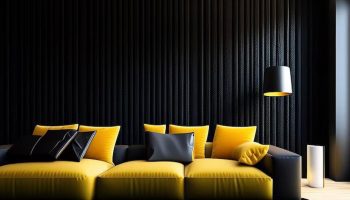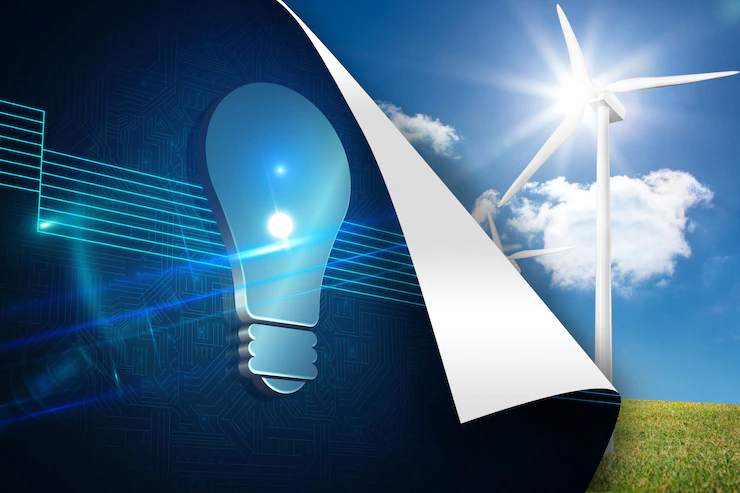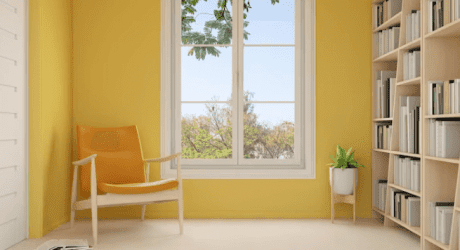Energy-efficient lighting is not only a smart choice for your wallet but also for the environment.
In this article, we will discuss the benefits of using energy-efficient lighting options in your home or workplace. From LED bulbs to smart lighting systems, we will discuss how these technologies can help you save money on your energy bills while reducing your carbon footprint.
Discover the latest innovations in energy-efficient lighting and learn practical tips for making the switch. Join us on this journey towards a brighter and greener future with energy-efficient lighting solutions.
What Is LED Lighting?
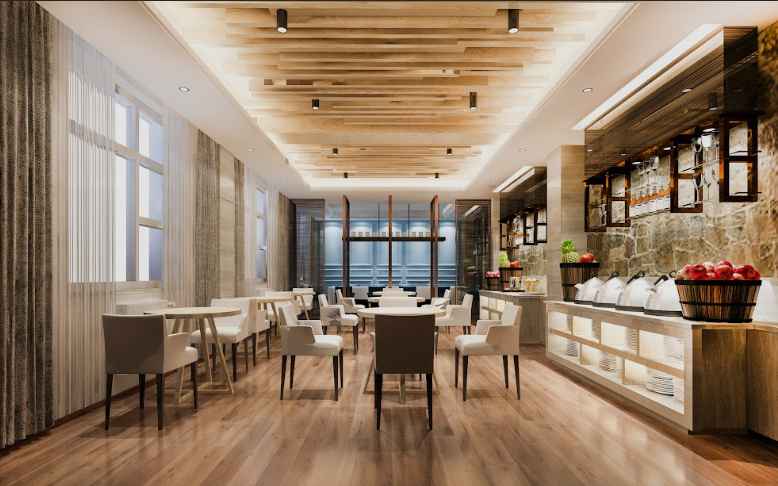
LED lighting is a form of lighting that makes use of a semiconductor light source. When an electric current is applied to this semiconductor, it generates light. Semiconductors are solid materials that possess a level of conductivity that falls between that of metals and insulators.
LED technology functions by directing an electrical current through a microchip, which subsequently prompts the tiny light sources referred to as LEDs to emit visible light. LED lighting offers a range of benefits over traditional lighting options, including greater energy efficiency, longer lifespan, and lower maintenance costs.
These lights consume less electricity, resulting in reduced energy bills and making them an environmentally friendly choice. Additionally, LED illumination produces less heat and does not contain hazardous substances like mercury, making it safer and more eco-friendly. With its numerous benefits, LED lighting is rapidly becoming the preferred lighting solution for both residential and commercial spaces, contributing to a brighter and greener future.
LED Light Energy Efficiency
LED lighting is widely recognized and appreciated for its exceptional energy efficiency, which has made it a highly sought-after lighting option in both residential and commercial settings.
The key characteristic that sets LED lighting apart from traditional lighting options is its ability to consume significantly less electricity. This significant reduction in energy consumption not only leads to substantial energy savings but also contributes to a greener and more sustainable environment.
For example, by incorporating cafe pendant lighting for your business, you have the potential to reduce your overall energy consumption for illumination purposes by an impressive 80%. This remarkable level of energy efficiency translates into tangible benefits for consumers, such as lower energy bills and long-term cost savings. In addition to these financial advantages, LED lighting also offers enhanced durability and a longer lifespan compared to traditional lighting alternatives.
Aside from its outstanding energy efficiency and considerable energy savings, LED technology presents a compelling choice for businesses and individuals alike. By switching to LED lighting, you not only contribute to a more sustainable future but also reap the benefits of reduced energy consumption and financial savings.
Related: Why Using Led Signs For Your Store Is A Wise Choice
What About Savings?
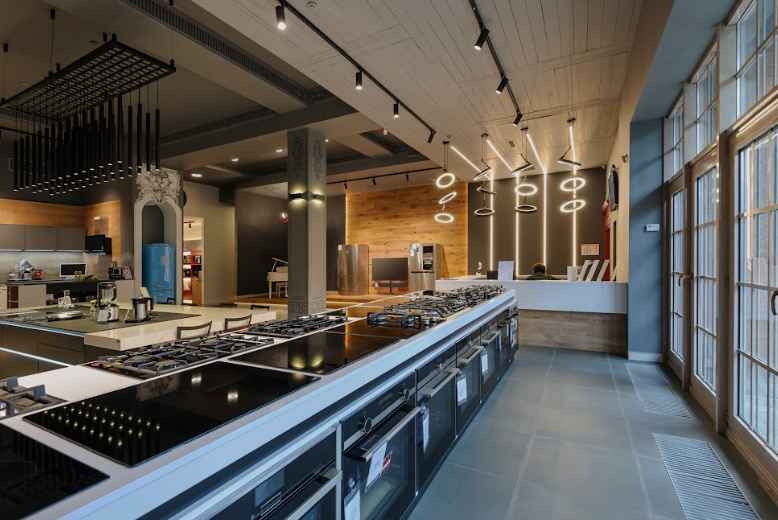
LED lighting offers significant cost savings and energy efficiency advantages in both residential and commercial settings. For homeowners, the transition to LED lamps translates into reduced energy bills as LED bulbs consume far less electricity than traditional options. Moreover, their extended lifespan minimizes the need for frequent replacements, lowering maintenance costs.
Beyond the financial benefits, LED lighting provides enhanced ambiance options with customizable color temperatures and dimming capabilities, enabling homeowners to create the desired mood in their living spaces. Additionally, LED lighting aligns with environmental responsibility, emitting less heat and containing no hazardous materials, making it a sustainable choice for households. In commercial spaces, the advantages are equally compelling.
Businesses can substantially reduce energy expenditures, making LED lights particularly attractive for large retail stores, offices, and warehouses. Long-lasting LED fixtures also mean fewer disruptions for maintenance, reducing labor and replacement costs.
Advanced lighting control options enhance employee productivity and customer experience, while environmental benefits and compliance with energy efficiency regulations further bolster a company’s image and bottom line. In summary, LED technology is a wise investment for both residential and commercial applications, offering enduring financial savings, improved aesthetics, and a commitment to sustainability and compliance.
Conclusion
In conclusion, the adoption of LED lighting is not just a practical choice for economic savings, but it also embodies a crucial step towards a more sustainable and environmentally conscious future. LED technology’s remarkable energy efficiency, longer lifespan, and reduced maintenance costs make it a compelling option for homes and businesses alike.
By transitioning to LED lights, individuals and organizations can significantly reduce their energy consumption, leading to lower bills and a reduced carbon footprint. This shift not only benefits our wallets but also contributes to a brighter and greener world. As we embrace these energy-efficient lighting solutions, we take a vital stride towards a more eco-friendly and sustainable future, one illuminated by the promise of efficient, cost-effective, and environmentally responsible lighting.
Read Also:














